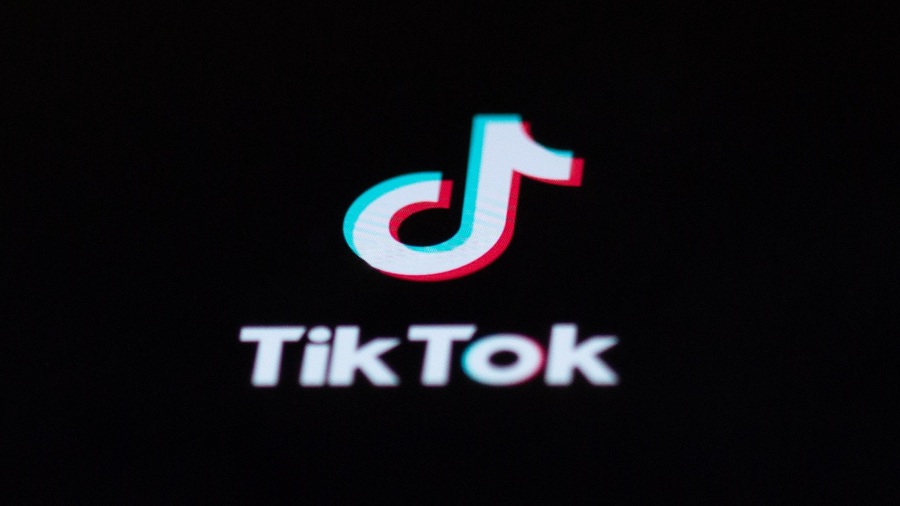
One of the strangest stories of the last couple of years is how teenage girls have been stricken with facial tics after browsing the video-sharing app TikTok. Earlier this month, Azeen Ghorayshi published a deep dive on the strange phenomenon in The New York Times. Looking back at the puzzling explosion of TikTok tics during the pandemic, she reported that contagious outbreaks of strange behavior are not new and have a technical name: “mass psychogenic illness.”
Mass Psychogenic Events
For example, long before TikTok, back in 2011, 18 girls at a high school in Le Roy, New York, broke into twitches and head snapping after one of their peers suffered a sudden spasm. The incident became a legend in medical literature. History is full of stories of patients, “mostly women,” who seemed to catch “tremors, seizures, paralysis, and even blindness” from each other like contagious diseases. Such mass psychogenic events used to be limited to real-life social circles, but social media has “dissolved the boundaries” that once kept outbreaks “geographically contained.” Now anyone with a smartphone can “catch” such behaviors.
The Connection Between Social Media-Induced Mental Illness and LGBT Identities
Most interesting about Ghorayshi’s piece is the correlation between social media-induced mental illnesses and LGBT identities. In fact, she wrote, doctors at a recent conference in Switzerland admitted that “a surprising percentage of their patients with the TikTok tics identified as transgender or nonbinary.” Neurologists also told her that a “disproportionate number of gender-diverse adolescents” have developed “sudden tics.”
Social Contagion
Unsurprisingly, all of this gets blamed on the “discrimination, stigma, and bias” that trans kids suffer. A more reasonable interpretation, however, of the disproportionate occurrence of mass psychogenic illness among girls and LGBT social media users is that certain groups are more vulnerable to “social contagion.” Years ago, physician and researcher Lisa Littman was excoriated for coining the phrase “rapid-onset gender dysphoria.” The evidence continues to vindicate her theory.
What Happened to the Girls?
Last year, a British National Health Service study revealed that two-thirds of adolescents referred to gender clinics were girls. Just a decade ago, most were boys. This month, the Centers for Disease Control released a shocking survey showing that a record percentage of teenage girls — over half — now experience “persistent feelings of sadness or hopelessness.” Nearly a third say they have seriously considered suicide.
Social psychologist Jonathan Haidt argues, in a sweeping new analysis, that this catastrophic rise in teen mental illness is largely caused by social media use. On TikTok, Instagram, and Twitter young girls are exposed to ideas, images, pressures, and trends that lead to far worse things than tics. Huge numbers develop eating disorders, consider killing themselves, and experience deep confusion about their identity.
Two Important Lessons
There are at least two lessons to be learned here. The first should be obvious by now but, sadly, isn’t. Teenagers should not be allowed on social media. The second is about human nature, and how inherently porous our personalities and identities are.
The Apostle Paul wrote in 1 Corinthians that “bad company ruins good morals.” It may sound moralistic, but reality doesn’t bend. Humans influence one another. We’re created as social beings. In a fallen world, social networks — especially global ones mediated by pocket-sized devices — can escalate harmful behaviors and ideas from “maybe I have a tic” to “I’ll never be as pretty as those Instagram models” to “I don’t feel at home in my body, I must belong in a different one.”
These phenomena are connected because we are made to connect. Contrary to what our expressive individualist culture teaches, our identities are not internal, immutable concepts that we discover and then announce to the world. We are profoundly shaped by the behaviors, beliefs, and expectations of others.
Protect the Girls
Millions of girls with instant access to our culture’s most viral (and dangerous) behaviors and beliefs are currently manifesting the results. Their sicknesses are a clear sign that our society is sick. In order to treat them and us, we’ll have to admit how the disease spreads, admit the connection between mental illness and gender confusion, and keep them away from clinics and smartphone apps where the disease is celebrated.
John Stonestreet serves as president of the Colson Center for Christian Worldview. He’s a sought-after author and speaker on areas of faith and culture, theology, worldview, education and apologetics.
Shane Morris is a senior writer at the Colson Center and host of the Upstream podcast as well as cohost of the BreakPoint podcast.
Originally published on Breakpoint.org: BreakPoint Commentaries. Republished with permission of The Colson Center for Christian Worldview.

